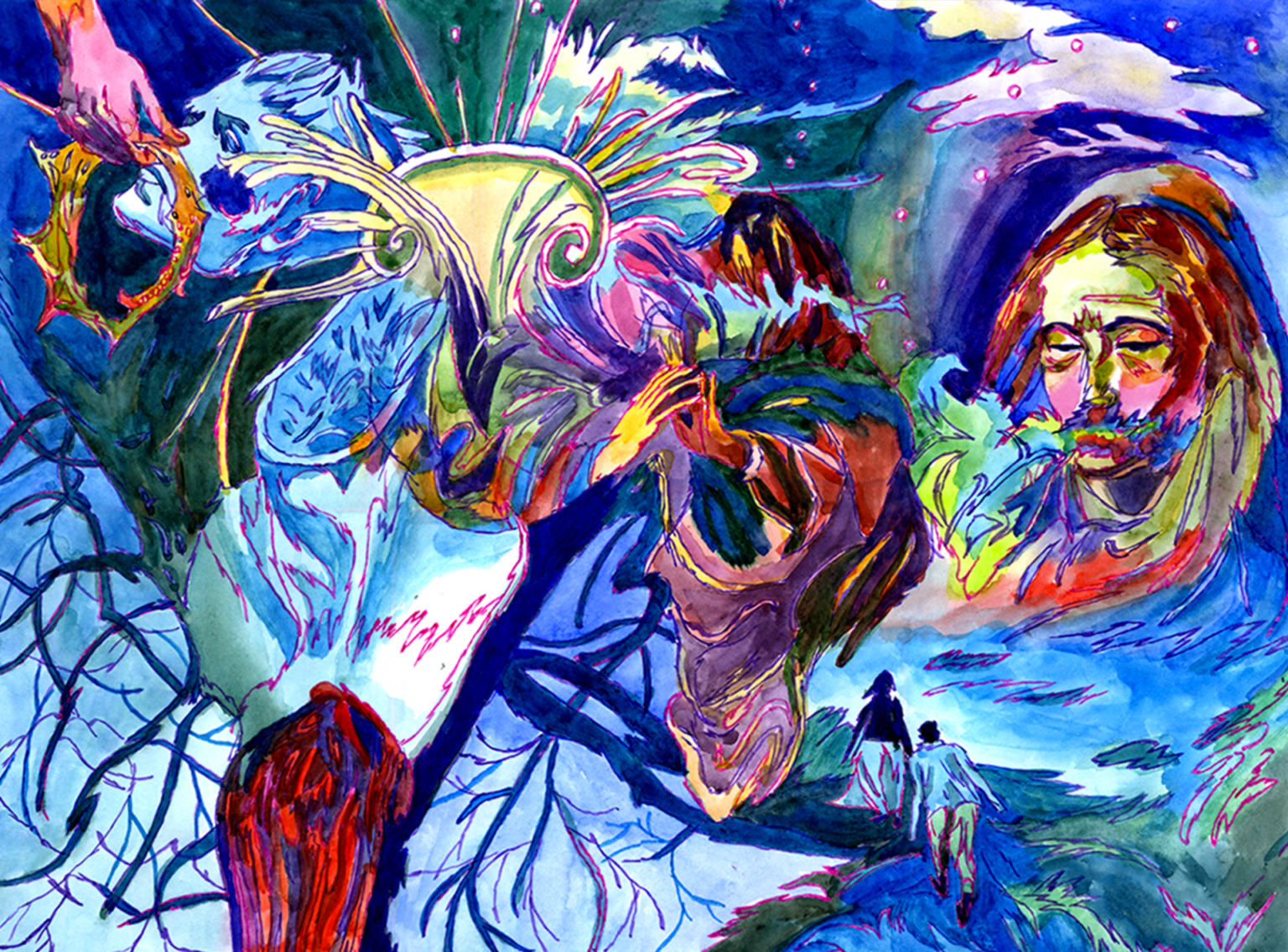Does the place you were born and its history reflect in your work?
The art of storytelling is essential in Russian culture. Whether it’s theater performance, classical music, urban legends or anecdotes. Stories and their importance in Russian culture have surrounded me since childhood and inspired me to come up with my own.
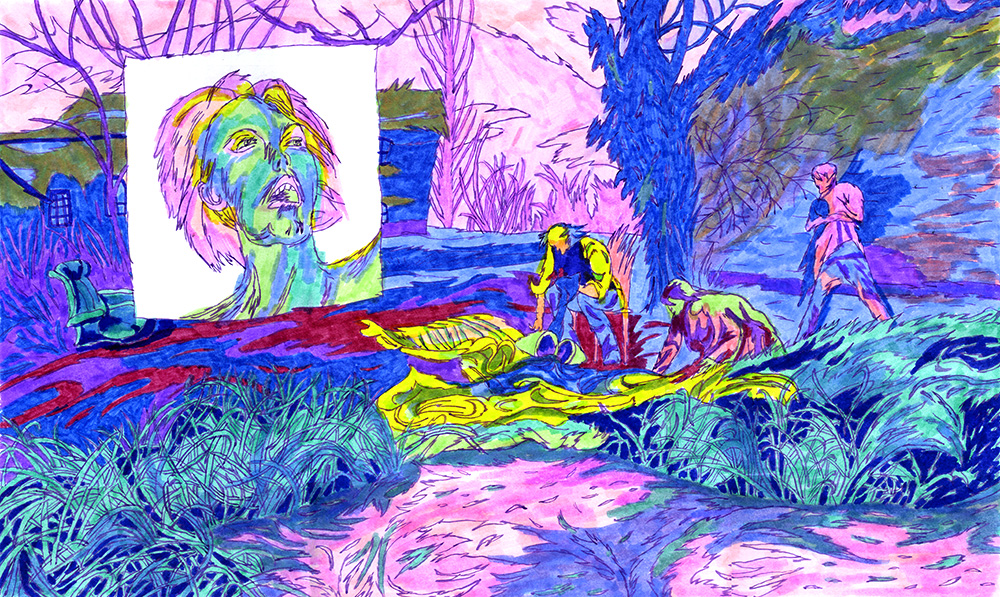
Can you pinpoint the main inspiration for your artworks?
Lyrics from various songs are often sources of inspiration for me. I think of lyrics as poetry and I like to take a phrase from one context and put it into my own. One sentence can have enough meaning to encompass an entire story I can translate into artwork.
I am also very interested in the horror genre and its intersection with queer and feminist topics. I like to think of horror as a lens through which I can see and study the world. Horror allows you to indulge in darker themes and feelings in a safe way.
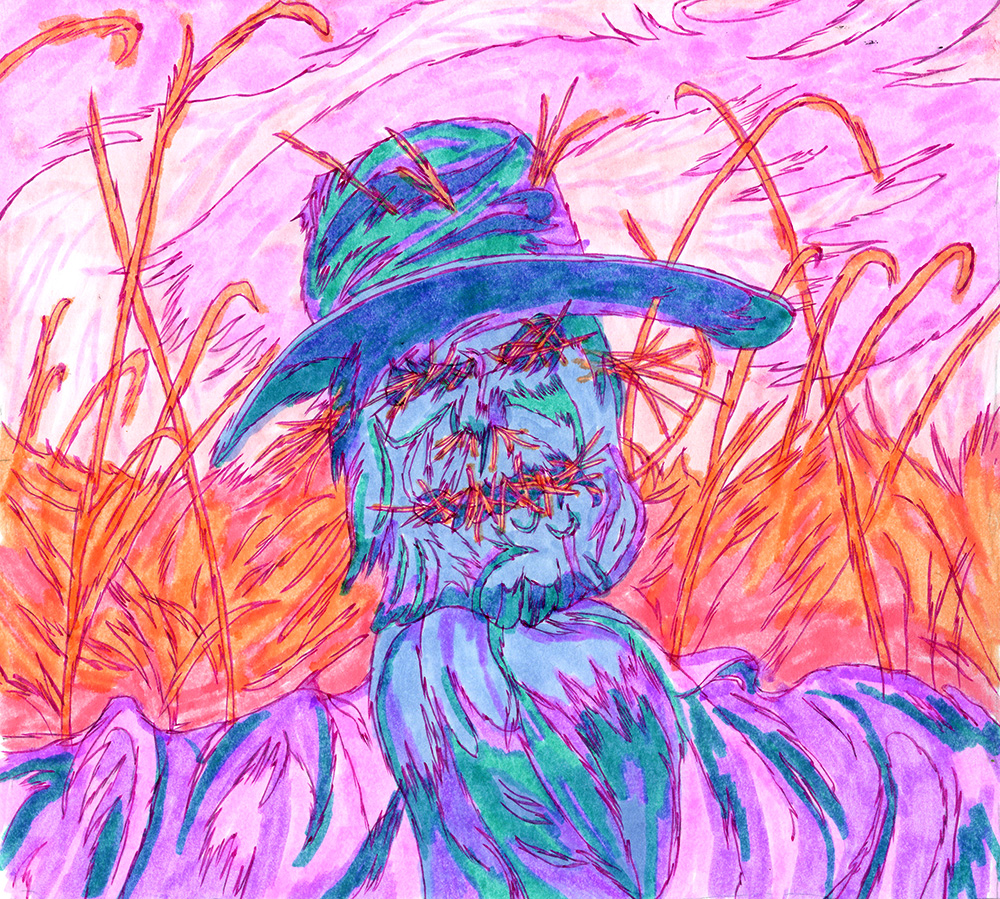
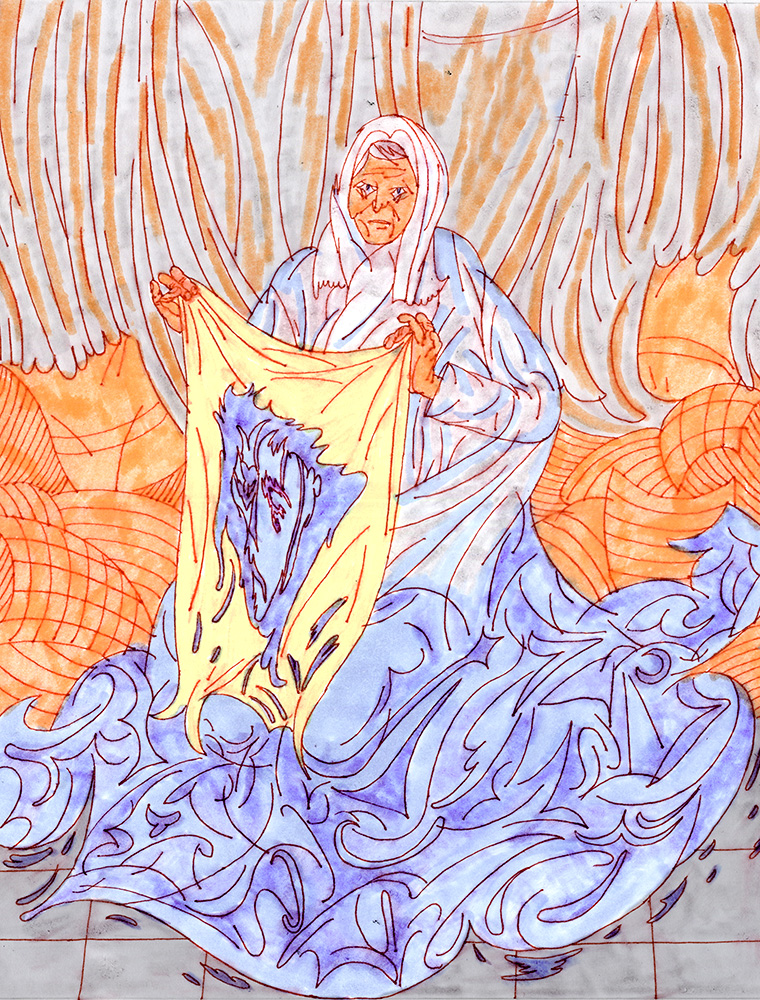
Do you feel that the medieval theme is making a return nowadays?
It seems to me that we have been in the era of repeated Middle Ages for a long time. In the Middle Ages, the laws of the visual arts, which had to be followed regarding anatomy, perspective and colour theory, had not yet been invented. Despite the fact that all Western art directly served religious purposes, there was some freedom in not knowing how and what to depict on frescoes and manuscripts. Because of this, humour and ingenuity and unintentional surrealism appeared in the works of that time. Due to the fact that a lot of time has passed between that period and ours, we can appreciate the aesthetics of the Middle Ages with a new look, outside of the context of religion. It seems to me that this freedom and playfulness is reflected in the art of our culture now.
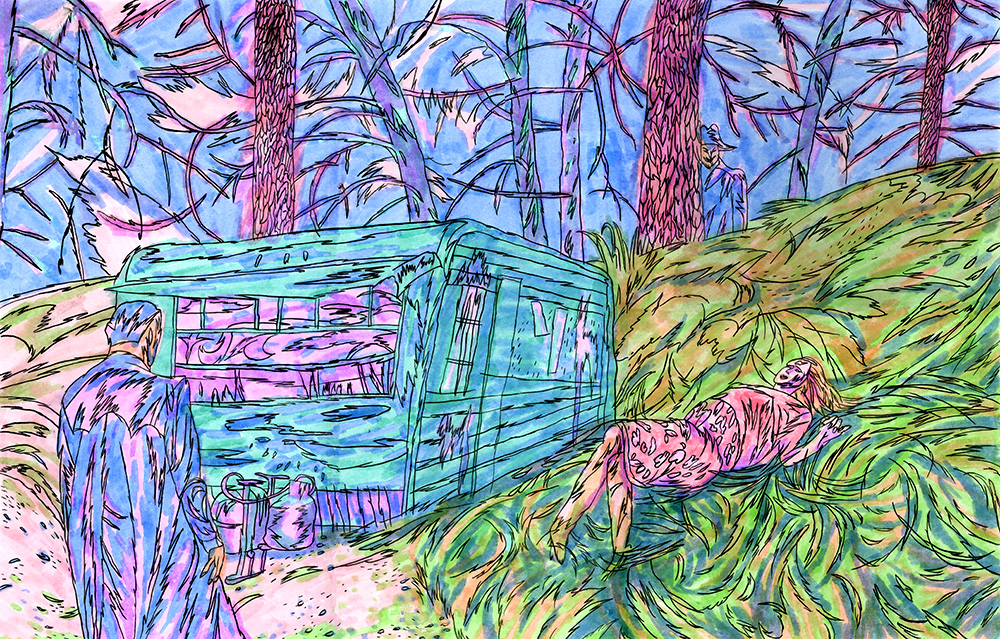
How would you define your style?
I like to think of my work as a proof of the existence of another world that only I can see. This is the world of dream logic and is closest to the styles known as magic realism or surrealism. I like to use traditional art tools: acrylic paint, markers, charcoal, pastel, oil. I see these mediums as a voice that helps me tell the stories that I want to share with people.


Imagine you are a fortune-teller. What are your predictions for the next years in the art world?
I see how the boundaries of each art form become more flexible and the best thing that can happen to art in the future is the maximum mixing of different media. With the capabilities and technologies that we have now, the most interesting stuff is yet to come. I suggest you look at experimental and marginal projects and organizations that work in the art environment now in order to understand what will be popular in the future.
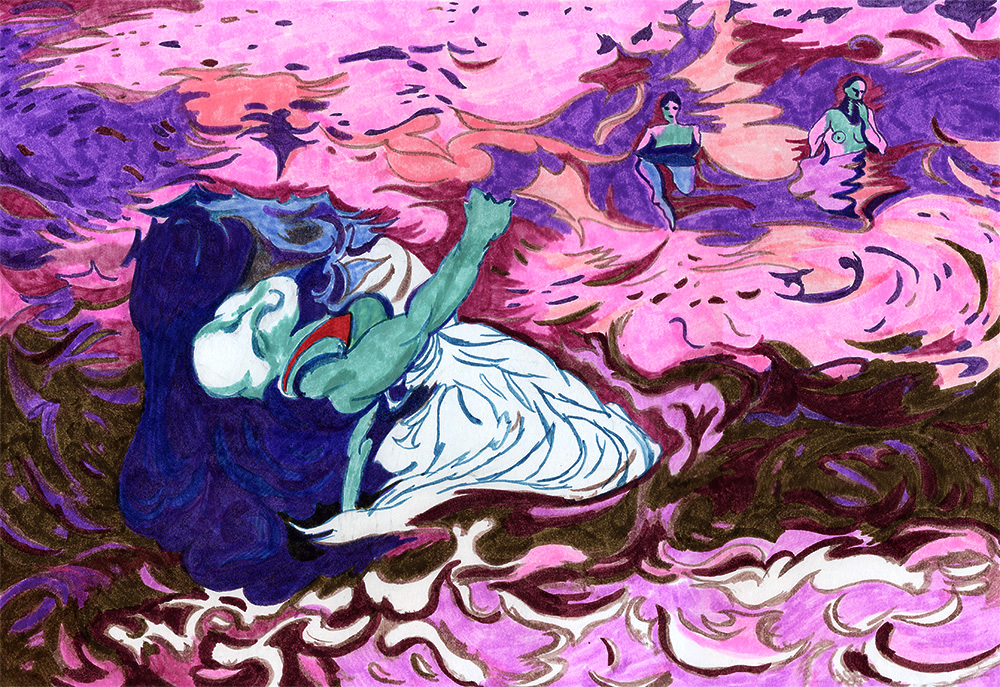
If you could pick one medieval weapon, what would it be and why?
For close combat, I would choose a pole and for distant combat, a bow.
Is there any repetitive theme/tale/story that appears in your artwork?
Themes of bodily transformation, queerness, fairy-tale gothic, fear, duality, magic and uncanniness are often found in my work and this is what I’m most interested in when it comes to art.
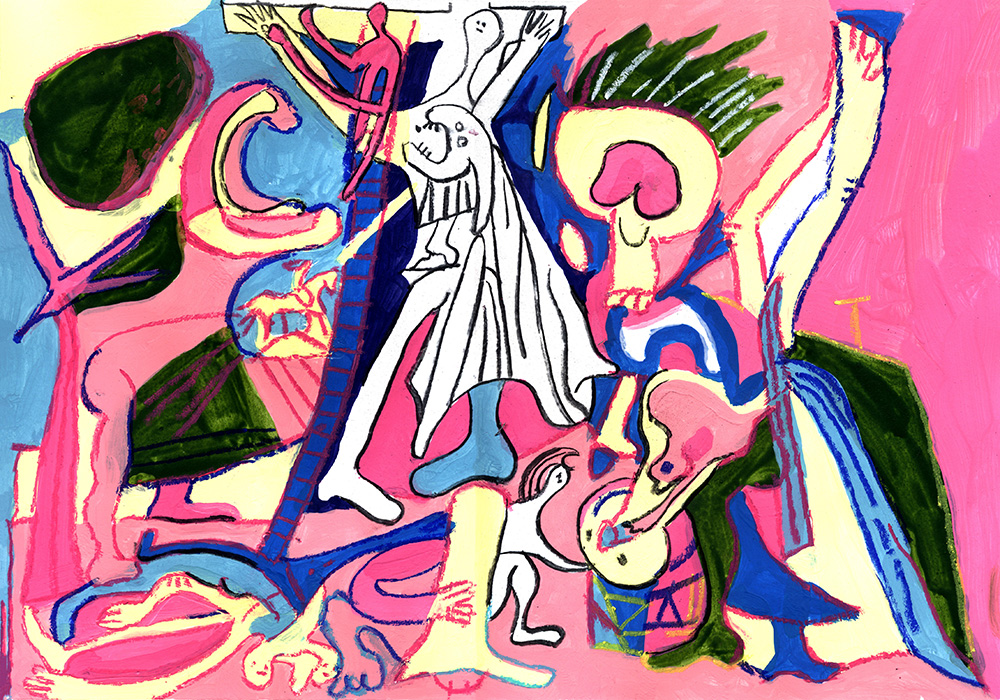
Are there any new projects of yours coming this year?
I would really like to apply myself as a writer and I hope that next year I will be able to translate this idea into a comic strip or illustrative book. I also want to review more of different things in the horror genre: comics, books, films and podcasts, and combine those reviews with my art work. I have already started doing this on my Instagram. I am also open to any artistic collaboration, so follow me on my social platforms for all the news.
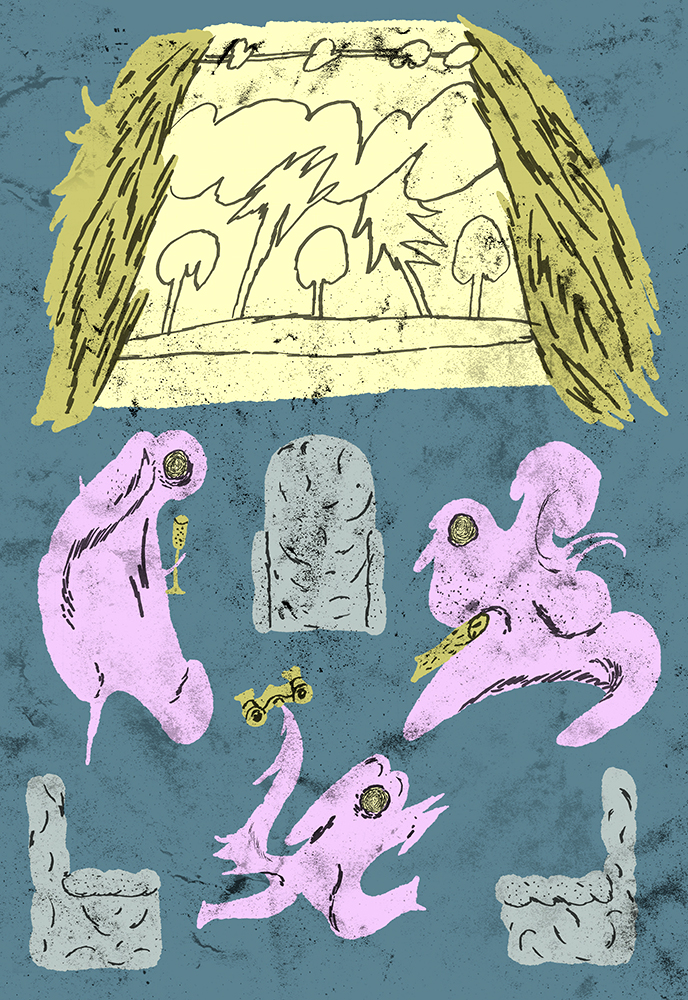
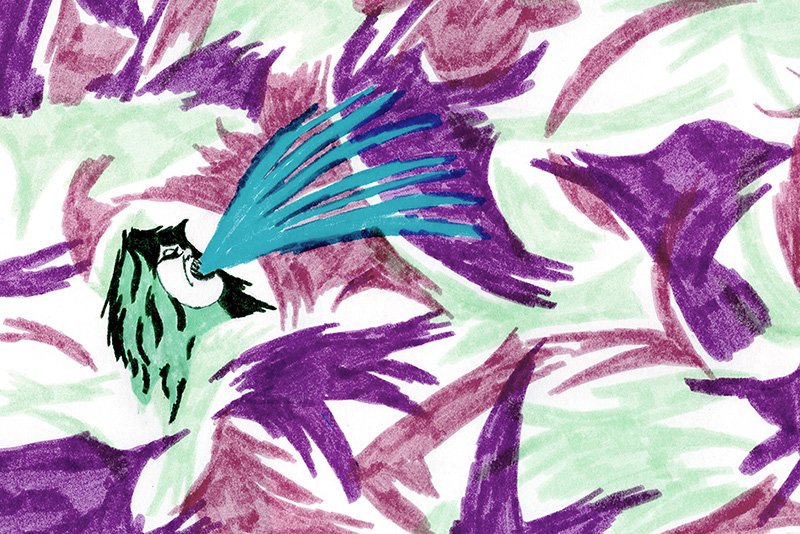
OVERVIEW OF DISPLAYED WORKS /
“Her Body, Himself”
It’s an illustration for the book «Men, Women, and Chain Saws: Gender in the Modern Horror Film» by Carol J. Clover that investigates horror movies from a gender and feminist perspective.
“Cosmic love”
The work was inspired by the lyrics of one of my favorite songs “Cosmic love” by Florence Welch. This song is a real poetry that has a place for magic, allegories, and heart experiences. I wanted to capture all this in a one image that can exist both in the context of the song and outside of it.
“Shore”
This work is a continuation of the female body subject in the horror genre. Inspired by David Lynch’s “Twin Peaks”.
“Bat”, “Ring”, “Bate`s House”, “Scarecrow” were made in 2019 as a part of the autumn online art flashmob Inktober. For this flashmob, there is always a list of words that you use to make illustrations throughout October. My goal was to interpret all words in the horror aesthetics.
“ The Crucifixion” is a copy and reimagining of the work of Pablo Picasso “The Crucifixion”.
“Going to the theater” is an illustration I made based on my dream. Aliens flew to our planet and asked people to show them something that would help them understand the culture of earthlings.
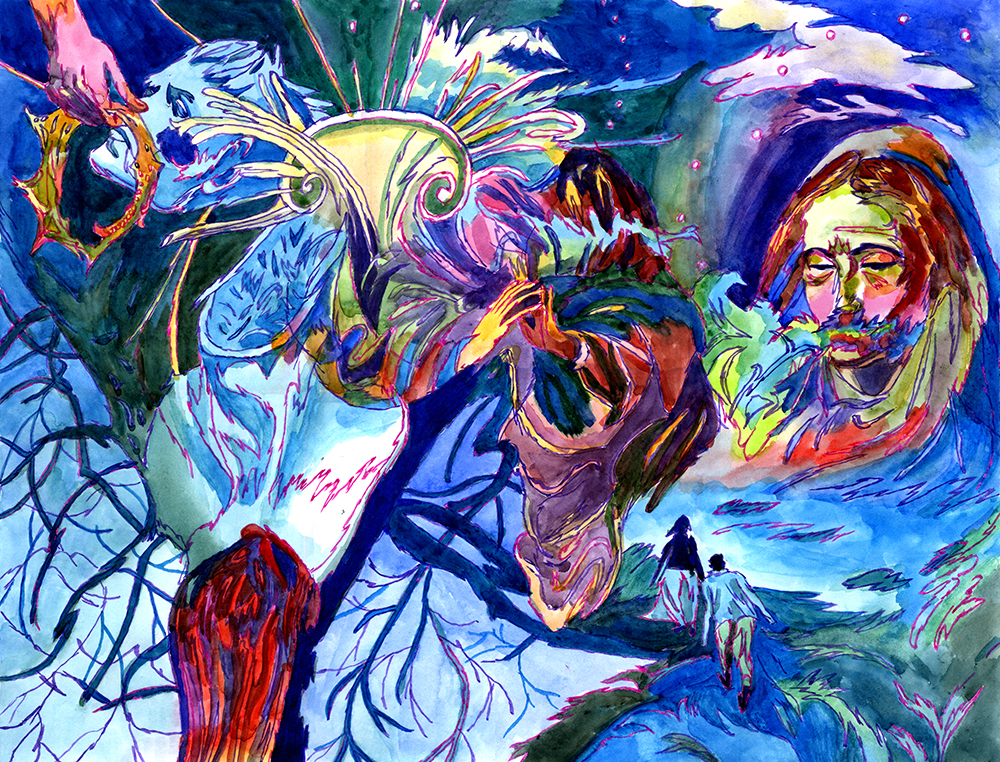
BIO / Julia Sayapina is an illustrator and artist based in Moscow. Julia graduated from the Moscow City Pedagogical University with a degree in Design and a few years later completed an Illustration course at the British Higher School of Art & Design. She works worldwide on self-publishing art projects, illustrations, collaborations with other artists and teaches contemporary art at the London Gates Education Group. Julia is most inspired by cinema, music and literature and how they can interact with the visual arts.
Portfolio link: https://www.behance.net/Maestria
CREDITS
Artworks / Julia Sayapina @sayapina_yuliya
Interview / Markéta Kosinová
